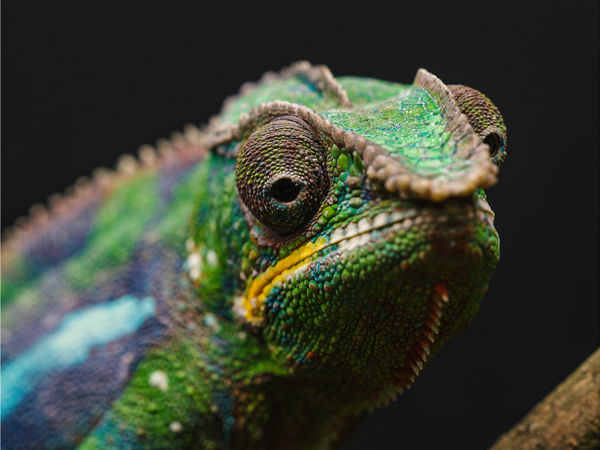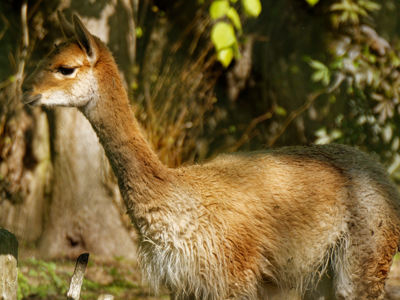
Vicuna
Vicugna are a member of the camel family and they are thought to be the wild ancestor of the alpaca. They have long legs and neck and are covered with a layer of fluffy light brown fur.
Key Facts:
Conservation Status: Least Concern
Distribution: Argentina, Bolivia, Chile, Peru
Habitat: High Grasslands, Mountains
Diet: Grasses, Herbivore
Height: 0.7 – 1.1m
Weight: 35 – 65kg
Gestation: 330 – 350 days
No. of young: 1
Life Span: 15 – 28 years
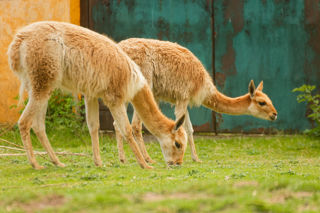
Unlike most hoofed animals, vicugna tread on the soles of their feet rather than on their toes making it easier to walk in their rocky habitat. They are also well adapted to live at high altitudes. For example, they have a large heart and have a body weight 50% heavier than other mammals of a similar size. This helps them cope with the low oxygen and food availability.
Vicugna form herds consisting of a dominant male, several females and their offspring. Mating occurs in March with births almost a year later. The infant is born well developed and is on its feet in 15 minutes. Juveniles are forced out of the group after weaning at around 10 months. Lone males have been seen to form bachelor herds of up to 150 individuals!
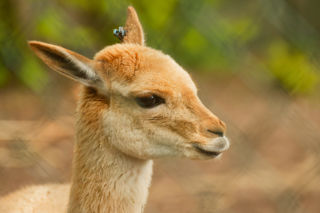
The diet of the vicuna is mainly short grass. They have special teeth that are constantly growing and are worn down by grazing the tough grasses. Vicuna need to drink every day so will pick grazing sites dependent on the availability of water.
Vicuna are hunted for their fleece, which is still considered a valuable commodity. They are disliked by locals who believe they are competitors for domestic livestock. This places pressure on the amount of habitat available to the vicugna. A new threat facing them is the increase in pacovicuña (an alpaca-vicuna hybrid) bred for commercial purposes.
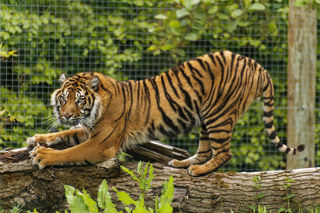
SUPPORT OUR ANIMALS
If you're looking for an alternative way to donate to Twycross Zoo, you can help support our animals and our zoo keepers by purchasing something from our Amazon Wishlist!
Updated regularly by our zoo keepers, the items on the list help to provide enrichment for our animals and keep their habitats well maintained.
Every donation helps us as a conservation charity.
